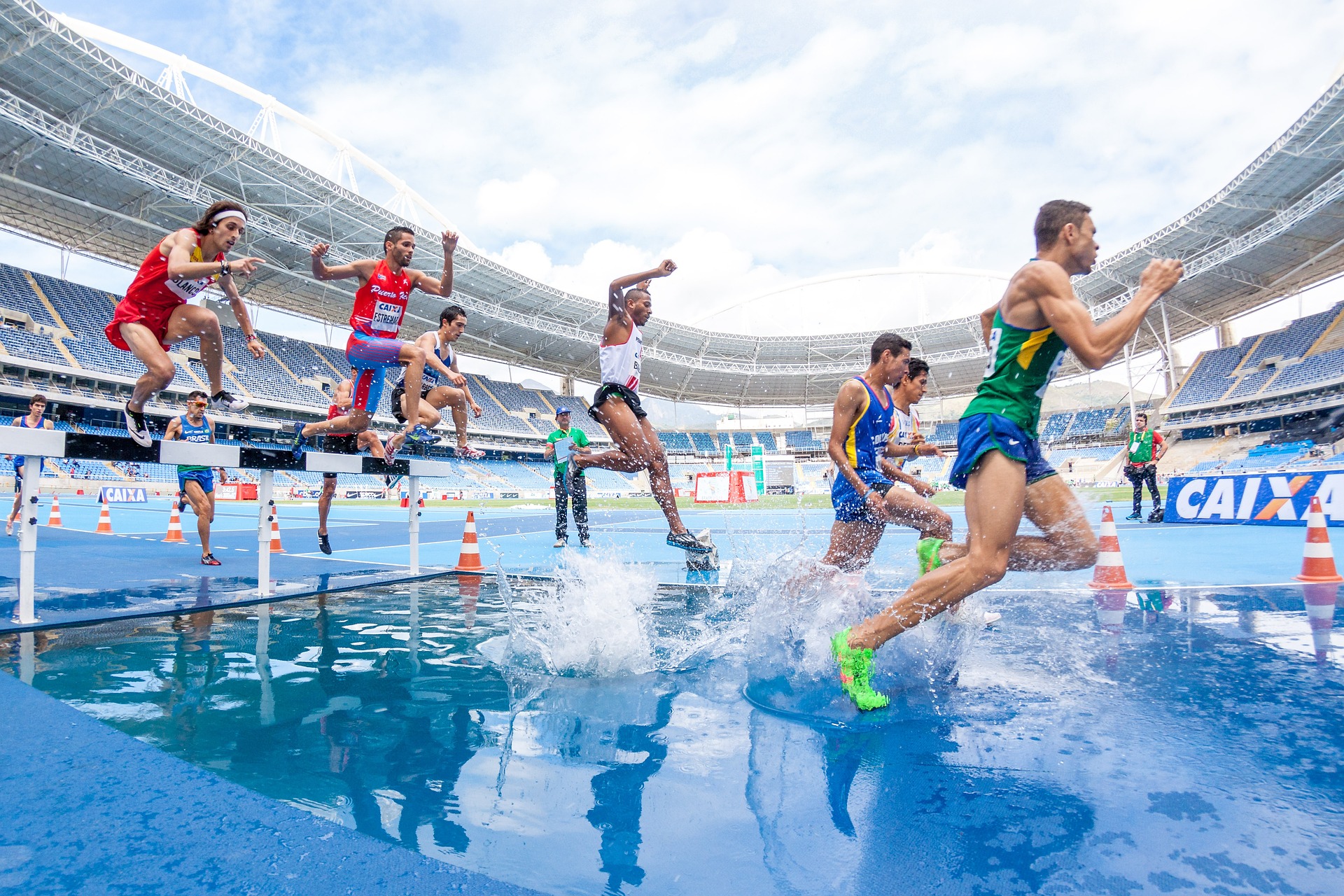Breaking Down Biomechanics: The Science Behind Athletic Performance
When the starting gun fires, an athlete takes off. Each stride is a marvel of precision and power, the result of countless hours of training and conditioning. But beyond the physical strength and endurance, what truly propels this athlete to the finish line is a science often overlooked: biomechanics. This article will dive deep into the world of biomechanics, exploring its history, current trends, and its indispensable role in enhancing athletic performance.
Biomechanics: A Historical Overview
Biomechanics, the study of the mechanical laws relating to the movement or structure of living organisms, is a field that has been in existence for centuries. It started with the works of ancient Greek philosophers such as Aristotle, who made initial observations on human motion. Fast forward to the Renaissance period, Leonardo Da Vinci’s detailed anatomical sketches laid the groundwork for future biomechanical analysis. In the 20th century, biomechanics started to gain traction in the sports industry, driven by the quest for optimal athletic performance.
Biomechanics Today: A Key Player in Sports
In the contemporary sports landscape, biomechanics has evolved into a crucial component of athletic training. With advancements in technology, intricate details of an athlete’s movement can now be captured and analyzed. This data provides invaluable insights into performance enhancement and injury prevention.
Unleashing Potential: The Benefits of Biomechanics
Biomechanical analysis can enhance performance by optimizing technique and reducing the risk of injury. It enables athletes to understand their body movements better and make necessary adjustments. The benefits extend beyond individual athletes to team sports, where biomechanics can aid in developing strategies for improved team performance.
The Challenges and Real-World Applications
Despite its numerous benefits, implementing biomechanics in athletic training is not without challenges. It requires specialized equipment and trained personnel, which might be beyond the reach of many athletes and teams. However, the real-world applications of biomechanics are vast, from helping a sprinter shave off a few crucial milliseconds to aiding a basketball player in perfecting their jump shot.
The Future of Biomechanics in Sports
Looking ahead, the role of biomechanics in sports is set to grow exponentially. With continued advancements in technology, we can expect more precise and extensive analyses of athletic performance. As the understanding of biomechanics deepens, it will continue to shape and redefine the sports industry.
In conclusion, biomechanics has become an integral part of sports, offering a scientific approach to improving athletic performance. Its journey from ancient philosophy to cutting-edge sports science is a testament to human ingenuity and the ceaseless quest for excellence. Through the lens of biomechanics, we can truly appreciate the intricate beauty of athletic performance and look forward to a future filled with endless possibilities.





